Why do some buildings fall in earthquakes?
All buildings have a natural period, or resonance, which is the number of seconds it takes for the building to naturally vibrate back and forth. The ground also has a specific resonant frequency. Hard bedrock has higher frequencies softer sediments. If the period of ground motion matches the natural resonance of a building, it will undergo the largest oscillations possible and suffer the greatest damage. A classroom demonstration follows the animated portion of this video clip.
CLOSED CAPTIONING: A .srt file is included with the downloiad. Use appropriate media player to utilize captioning.
What are the key features addressed in this animation?
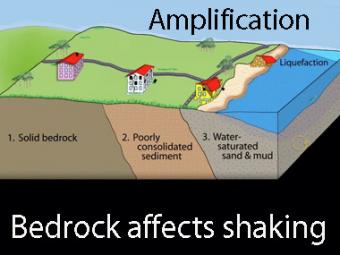
Highly generalized animation reflects the arrivals of P, S, and surface waves to 3 closely spaced buildings. Exaggerated movement of the buildings reflects the relative motion recorded by the seismograms.
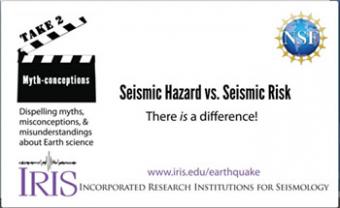
A seismic hazard is the probability that earthquake shaking of a certain intensity will occur in a given geographic area, within a given window of time. From that, risks can be assessed and included in mitigation efforts. Let's compare them.
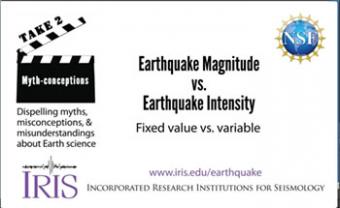
Magnitude and intensity are both related to the size of an earthquake, but they each measure different aspects. One is measured using seismometers; the others is felt. Let's use a lightbulb as an analogy.
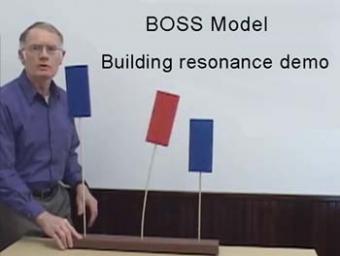
The BOSS model is an effective way to show how buildings of different heights respond to seismic waves. All buildings have a natural frequency.
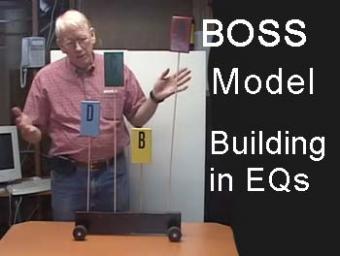
This video lecture shows John Lahr (USGS Seismologist Emeritus) describing the BOSS experiment that models oscillations of different height buildings.
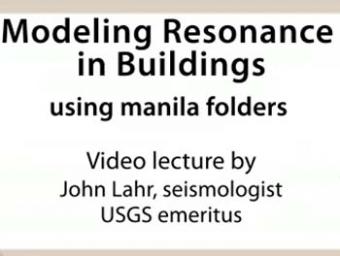
John Lahr, US Geological Survey Seismologist, demonstrating a cheap and kid-friendly version of the BOSS model that shows how buildings of different height oscillate during earthquake shaking.
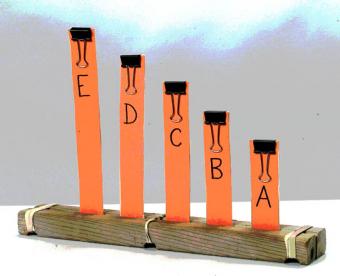
All buildings have a natural frequency of oscillation or resonance frequency. When seismic waves shake the ground beneath a building at its resonance frequency, the structure will begin to sway back and forth. This concept can be demonstrated in the classroom using the BOSS Model Lite as a discrepant event demonstration to engage students in earthquake-engineered buildings.